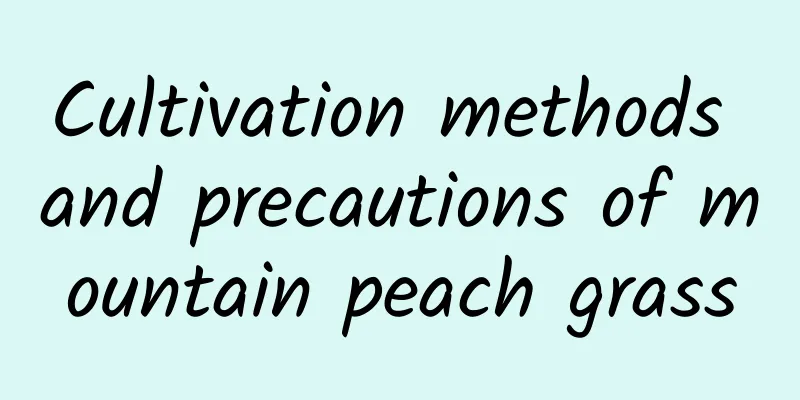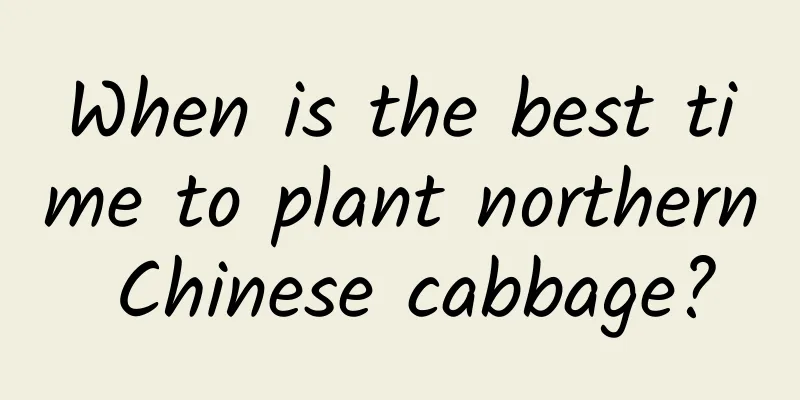Tips for gluing bonsai rocks

Tips for bonding bonsai rocksGenerally speaking, the bonding of rocks can be divided into two categories. One is to bond several smaller stones with poor shapes up and down or a small amount left and right to form the main bees and supporting bees in the landscape bonsai. This category is mostly used in landscape bonsai with foreground landscape. The other is to bond multiple stones with a certain landscape together on the same horizontal plane to form a group of distant mountain landscapes. This category is mostly related to the layout of rocks and the expression of distant views. The adhesives used to bond rocks include cement (gray and white), epoxy resin, and 307-1 unsaturated polyester resin. Considering its low price and ease of use, cement is often used in bonsai production, and the higher the grade of the cement, the better. If someone uses industrial waste coal slag to make miniature bonsai, they can use gray cement as adhesive. In order to make the joints close to natural, the adhesive should be mixed with pigments of the same color as the stone, such as red iron oxide, yellow iron oxide, chromium oxide, vanadium oxide, ink, etc. Do not use colloid dyes such as advertising dyes. Before gluing the rocks together, you must first match and arrange the stones according to the landscape you want to create, brush the joints clean, wet them with water, and then use the prepared adhesive to glue them together. Generally speaking, the more hidden the glued seams are, the better. In order to get closer to nature, stone chips of the stone can be spread on the joints before the adhesive mud dries. After gluing, use other supports to assist. The adhesive will solidify and harden within 24 hours, and the cement can be moved after half a day in summer and 1-2 days in winter. 3-4 hours after cement bonding, you can use a knife saw blade to gently scrape off the excess cement or cement that contaminates the stone body, and pull out the same texture as the stone at the joints. Dear flower lovers, please hurry up and make a landscape bonsai of your choice to add more color to your life. |
<<: How to make succulent bonsai
>>: Key points for making and maintaining the bonsai of Chinese crabapple
Recommend
Pest control on sugarcane
Sugarcane borer Sugarcane borer is what we call t...
Is Red Sage suitable for indoor cultivation?
1. Indoor breeding location Flowers are generally...
What fertilizer to use for asparagus fern
Asparagus fern is exquisite and has high ornament...
How and when to plant lettuce? When is the best time to plant lettuce?
Suitable planting time for lettuce It is actually...
Autumn sesame planting time and method, which month is best for sowing
Autumn sesame planting time The best time to plan...
Why doesn't the tiger skin plant grow tall?
Reasons for not growing tall The reason why Sanse...
What flowers are suitable for growing in Zhoushan? What are the city flowers and trees?
1. Climate characteristics of Zhoushan Zhoushan h...
Rose planting method, rose pictures
1. Choose flower seedlings When planting, choose ...
How to raise Hongyun Dangtou
1. Breeding environment 1. Soil: Use breathable, ...
Why are the leaves of the fragrant wood turning yellow?
Improper watering The seedlings of Fragrant Wood ...
How to propagate Euphorbia milii
Cutting propagation Cutting medium The substrate ...
How to grow Desert Rose in winter
1. Lighting The desert rose is native to East Afr...
How to care for Mo Lan when it blooms
1. When does it bloom? This flower blooms only on...
How often should I water mosquito repellent plants?
How often should I water mosquito repellent plant...
How to judge whether cuttings have roots
See if the branches are upright and full of vital...









